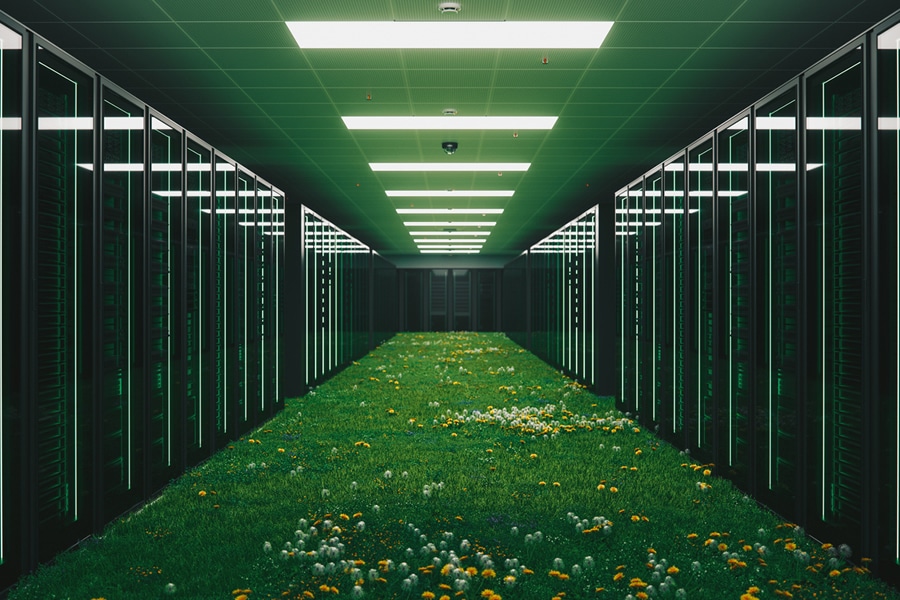In last week’s update we touched upon the International Agency’s latest report that by 2030 data centres could consume three times more electricity than the entire UK currently uses today. Is this sustainable? And where do UK data centres go from here?Recognising the significant energy challenges posed by the burgeoning artificial intelligence sector, the UK government has established its AI Energy Council, holding its first meeting to ensure the nation’s AI ambitions align with its clean energy objectives. First announced as part of its response to the AI Opportunities Action Plan, this initiative brings together experts to specifically tackle the substantial energy consumption of AI data centres, a concern that is rapidly becoming a major global issue.
As data centres expand their capabilities, they face three main options: improve efficiency within existing infrastructure, expand data centre footprint or migrate more and more workloads to the cloud. However, each option involves trade-offs between cost, carbon footprint and control. But what can we do right now?
Energy efficiency remains paramountThis involves a continuous pursuit of cutting-edge technologies:
Next-generation cooling solutions, moving beyond traditional air conditioning to explore liquid immersion cooling, which offers significantly higher heat dissipation with lower energy consumption.
Optimised airflow management within server halls, coupled with intelligent monitoring systems that dynamically adjust cooling based on real-time demand, are also crucial.
Embracing the latest generation of energy-efficient servers and storage solutions is a non-negotiable step in reducing our overall power footprint.
Innovative operational practicesThis includes exploring waste heat recovery systems. The heat generated by our servers is a substantial byproduct, but it doesn’t have to be wasted. In colder climates like here in the UK, this heat can be repurposed for district heating networks or even on-site building climate control, creating a circular economy of energy. Smart load balancing and workload scheduling can also play a vital role, ensuring that computational tasks are routed to the most energy-efficient resources and avoiding unnecessary power consumption during peak demand.
Here at DCP, one example is how we take advantage of the UK’s colder climate is that in the autumn and winter months we use air cooling systems that drag in cold air from outside to reduce temperatures in areas such as our server halls, reducing the reliance on energy intensive air conditioning round the clock.
Can we use AI itself to improve sustainability?
Using AI techniques, data centre service providers like ourselves can now achieve substantial energy savings without compromising performance. For example, one of the key ways AI optimises energy consumption is through intelligent workload management.
AI algorithms analyse operational data to identify energy-intensive processes and areas where optimisation is possible. AI systems can dynamically allocate resources based on current computing demands. This adaptive approach ensures that resources are efficiently distributed, prevents energy waste and minimises downtime. AI models can also analyse cooling systems to make sure all power consumed is used as efficiently as possible.
Call us on 0161 464 6101 or email hello@datacentreplus.co.
uk to see how we can assist you too. You can also head to our website to find out more.
#2025 #DCP #DataCentre #AI #Technology #Sustainability
DCP Partners with CrowdStrike to Crush Cyber Threats
DCP is proud to announce a new strategic partnership with CrowdStrike, a global leader in cloud-delivered protection for endpoints, cloud workloads, identity and data. In

